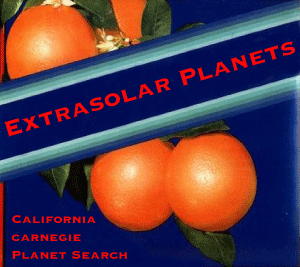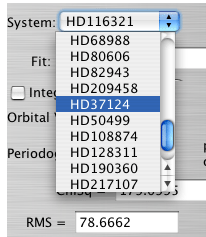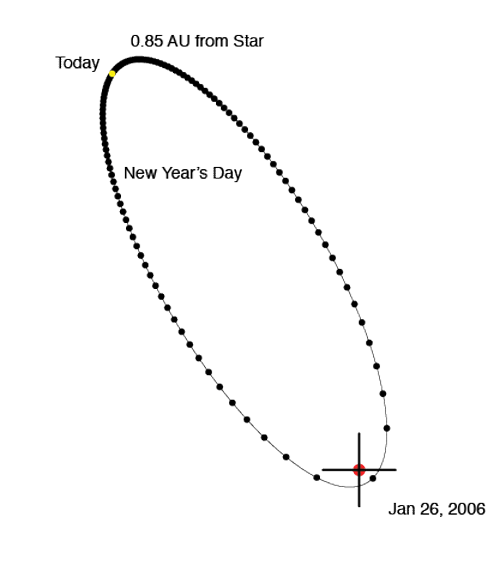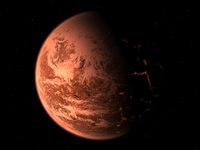Of all the photographs that our robot emissaries have radioed back to Earth, my vote for the most stunning is the Hubble ACS image of the “Sombrero Galaxy”, M104. The glow of its halo makes the the idea of 100 billion stars seem comprehensible.
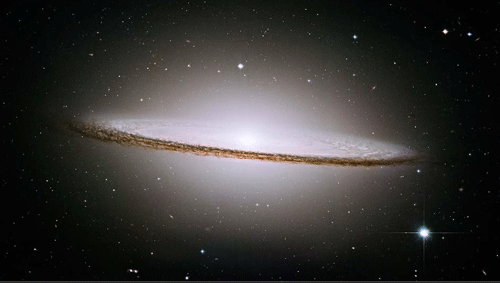
It’s important to remember, however, that the Hubble image is actually a long CCD time-exposure to light gathered by a 240 cm mirror. If you could be somehow transported to a location in space where M104 looms large in the sky, you would see that HST imparts a severely inflated expectation. From a distance, say, of 300,000 light years, M104 would be so dim that you would see only a faintly ominous, faintly glowing flying saucer.
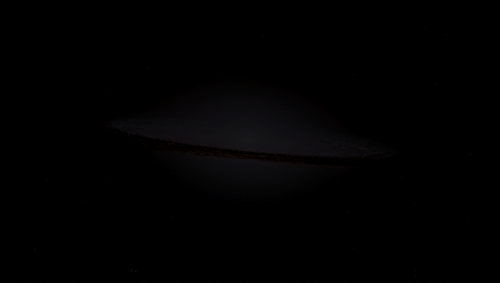
Indeed, the great Andromeda Galaxy, M31, subtends an angle larger than the full Moon in the sky, and it is literally almost directly overhead right now (9:36 PM, Dec 3, latitude 36.97 deg N). The storms from earlier this week have blown through. The sky sparkles with brilliant clarity. Yet when I step outside and look up, I can’t see the Andromeda Galaxy at all. It’s too faint. In a 1:10,000,000,000,000 scale model of M31, the stars are like fine grains of sand separated by miles. Our Galaxy, the Andromeda Galaxy, and the Sombrero Galaxy are all essentially just empty space. To zeroth, to first, to second approximation, a galaxy is nothing at all.
A Hot Jupiter, on the other hand, seen at similar angular size, is undeniably impressive.
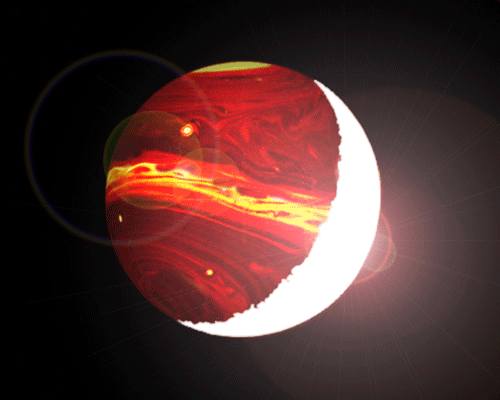
The dayside, blindingly illuminated by the scorching proximity of the star, is roughly 500 times brighter than desert sand dunes on a midsummer day. In order to look at the illuminated side of the planet at all, you need extremely dark wraparound sunglasses, or better yet, an eyeshield made from #10 welders glass (where #14 welder’s glass is recommended for those who stare at the sun).
With the brilliance of the dayside cut to a manageable level, what would you see? The majority of the light coming from the planet is simply reflected starlight. If the planet uniformly reflects the light that strikes it, then you simply see a blank white surface if the parent star is similar to the Sun, and a yellow-orange to orange-red expanse if the parent star is a cooler K-type or M-type dwarf star.
The gases that make up the outer layers of the planet do not reflect all frequencies of light equally, however. The air of the outer layers of a hot Jupiter is a scaldingly toxic witches brew of hydrogen, helium, steam, methane, ammonia, cyanide, acetylene, hydrogen sulfide, soot, and a whole host of other hardy, reactive, and generally unpleasant compounds.
In our solar system, for example, Uranus and Neptune have distinctive blue-green casts because at the level in their atmospheres where light is primarily reflected, the ambient methane gas is highly effective at absorbing red frequencies. The originally white sunlight is reflected with a blue-green hue by the selective removal of red.
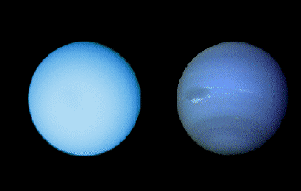
The photo (mosaic) below was obtained by the Cassini spacecraft as it was flung past Jupiter on its way to Saturn. The images were processed to give the same view that the naked eye would see. Jupiter reflects an enormous amount of detail from its cloudy face.
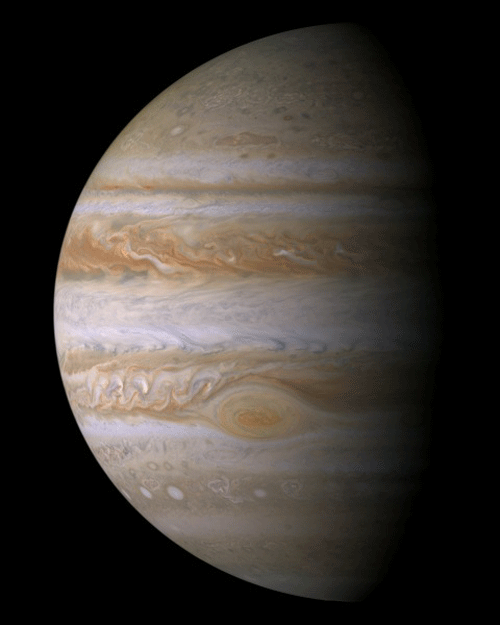
Across the swathes of Jupiter where the visible clouds tower to great heights, the eye sees regions that are frigid, eighty degrees colder than the depths of an Antarctic winter (-200 F). In such a cold environment, icy compounds of Ammonia are stable, and their presence lends the clouds a reddish hue. Jupiter’s Great Red Spot is an example of just such a topographic high.
On other regions of Jupiter’s visible surface, the atmosphere is transparent to greater depths. As on Earth, where clear skies are associated with dry air, so too on Jupiter. When we look down into the drier Jovian regions, we see to lower lying decks of cloud where the temperature is about the same as a chilly Arctic night. Here, the chemistry in the clouds causes their color to tend toward lighter shades, whites, beiges, ochers.
Like any non-transparent object, Jupiter glows with its own radiation. Because the outer layers of Jupiter are so cold, this intrinsic light lies in the infrared. Seen with an infrared detector (such as this view made at 5 microns with the NASA IRTF) Jupiter is a dramatic sight.
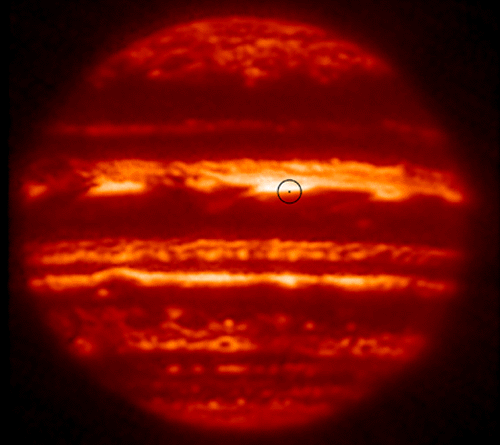
In the rattlesnakes-eye view, the Red Spot forms an oval of relative darkness. The high clouds act like a blanket that blocks the warmer underlying layers from view. In the infrared, the dry areas, where we see the deepest, glow the brightest. In an ironic twist of fate, the Galileo atmospheric probe parachuted into one of the driest regions of the Jovian atmosphere, a so-called 5 micron hot spot (circled in the image above).
On a hot Jupiter, the surface gas is heated to temperatures in the 1000-1500 K range on the dayside. Computer simulations show that winds of hellacious strength tear continually around the planet, carrying heat from the dayside and disgorging it into the night. The atmosphere on nightside glows brilliantly. Turbulent brick-red whorls merge into fiery tendrils of orange braided with dazzling white.
